Urban Sedimentation, Exhibition Systems & Common Trades
By applying a variety of construction methods and systems, modular devices hack the body of visitors and transform their bodily relation to the space, choreographing the body in an almost casual manner, without any signage.
Castagnola’s museographic work breaks with the rigid codes of behavior that rule exhibition spaces. In his projects, the body is invited to engage, and to stay, the hand encouraged to touch.
Common Trades refers to and addresses material cultures observed in rural and urban communities. A process of registration and experimentation, in collaboration with craftsmen, informs techniques and processes, enabling small chains of knowledge that highlight and honor their stories.
About Giacomo Castagnola
Giacomo Castagnola received his Master of Science in Art, Culture, and Technology (SMACT) from the School of Architecture and Planning of the Massachusetts Institute of Technology (MIT) in 2013, and holds a degree in architecture and urbanism from Ricardo Palma University (URP) in Lima, Peru.
Originally from Lima, Peru, he lived and worked for seven years (2003-2010) in the Tijuana / San Diego border region, where he established Germen, an architectural and design studio, directed towards investigating the self-organized informal city that composes up to 40% of the urban and growing infrastructure of many Latin American cities. Currently, Castagnola works between Mexico City and San Francisco, in architecture for exhibitions and museography that explore innovative ways of displaying archives of art and material culture.
His work seeks to overcome “the white cube and the bureaucracy of drywall” and proposes to treat the museum as a public space, through the use of structures and exhibition systems that explore the space between document, body, furniture, and architecture.


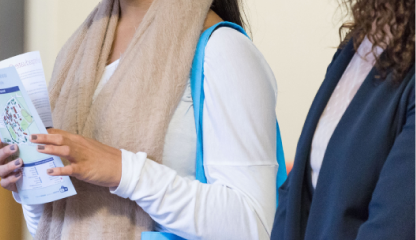
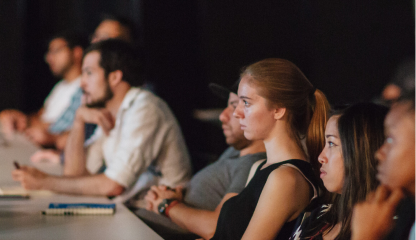
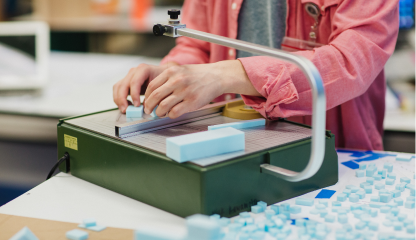
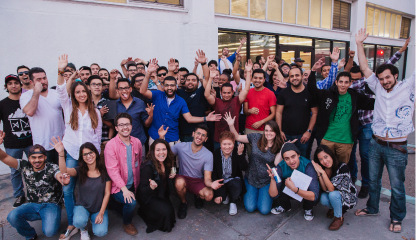
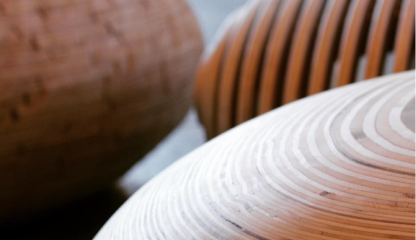



 619-684-8800
619-684-8800